Explanation
Inje’s winter landscape is at its most picturesque at the Dried Pollack Deokjang, the area’s premier seasonal attraction, within Inje Hwangtae Village. Deokjang refers to the traditional racks used for air-drying fish. Here, pollack undergoes a natural freeze-drying process, alternating between the sharp cold and the mild winter sunlight, resulting in a chewy texture that is much loved. This process, coupled with the breathtaking view of the racks laden with fish against the snowy backdrop, is indeed one of winter’s unique offerings. As visitors explore the Deokjang, they can learn about the 33 meticulous steps that transform pollack from fresh catch to the dried delicacy that graces dining tables. Adjacent to the Deokjang, Maebawi is known for its "iron way," a rock climbing path ideal for beginners. However, in winter, it transforms into a challenging ice climbing site suited for experienced climbers.
Inquiry
+82-33-462-4805
Homepage
Information Use
Experience Guide : Rock climbing experience, grilled pollack deokjang experience
* The availability of these experiences may change with seasons and village conditions.
Contact and Information : +82-33-462-4805
Parking facilities : Available (free)
More information
Restrooms
Available
Available Facilities
Accommodations, community center, etc.
Location
307 Jinburyeong-ro, Buk-myeon, Inje-gun, Gangwon-do
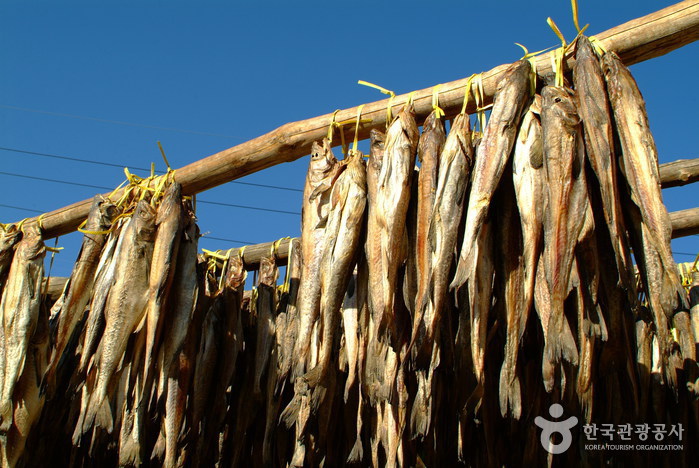
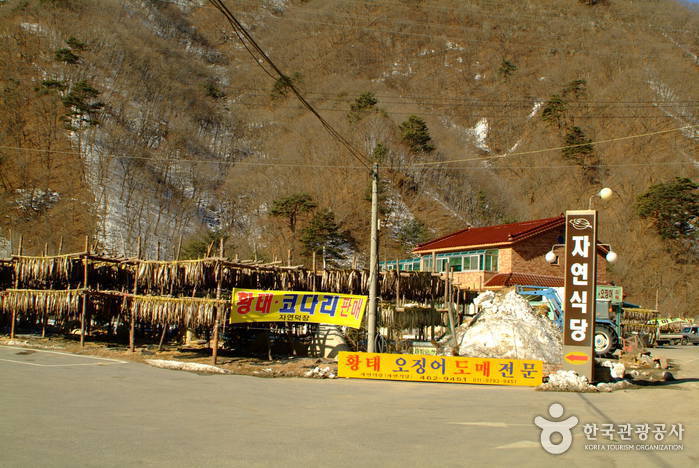


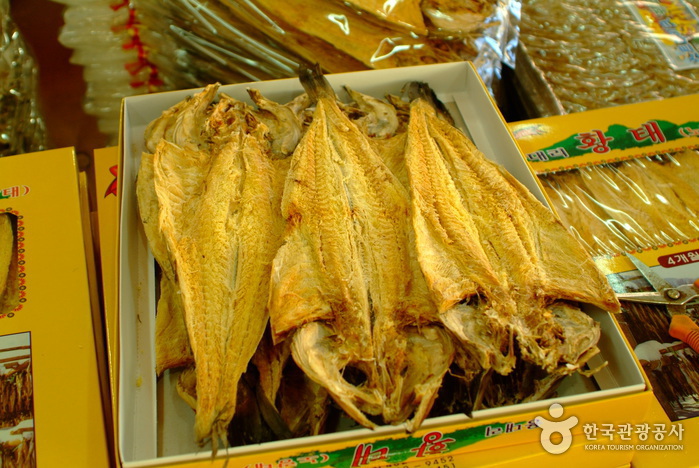
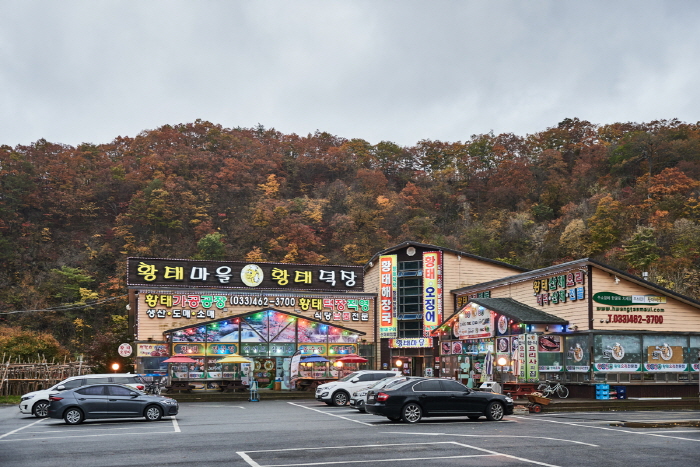
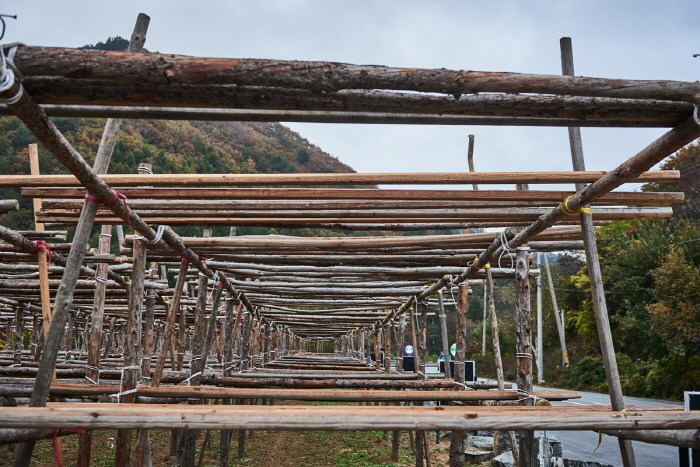
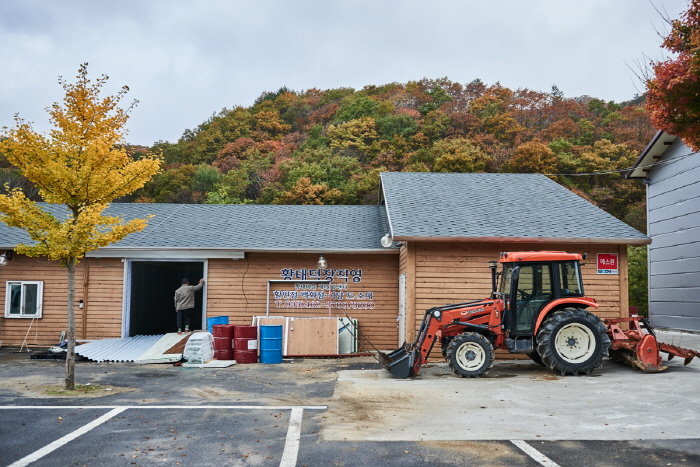
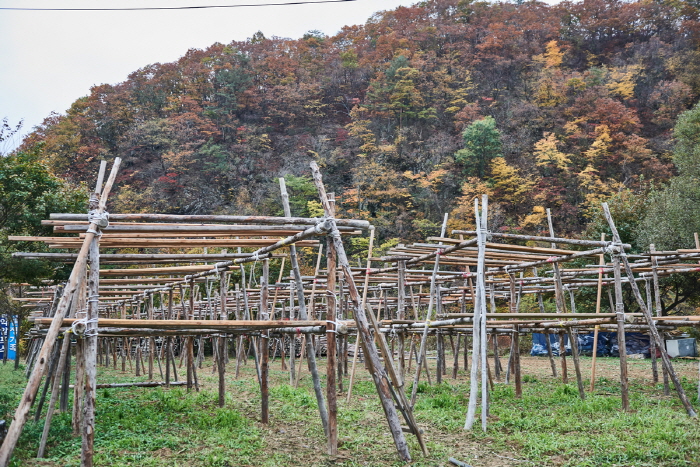
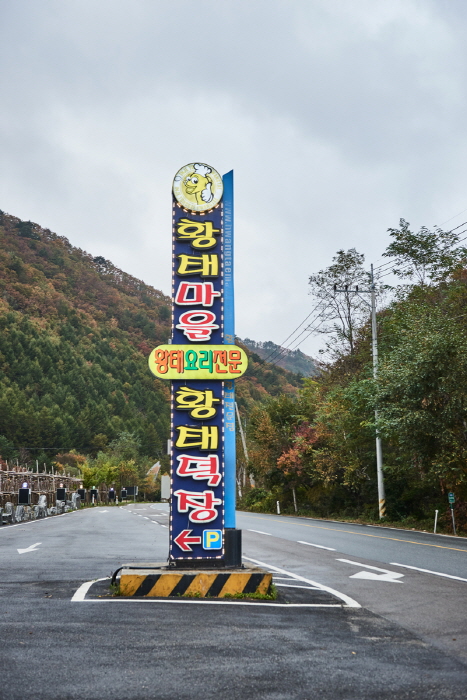
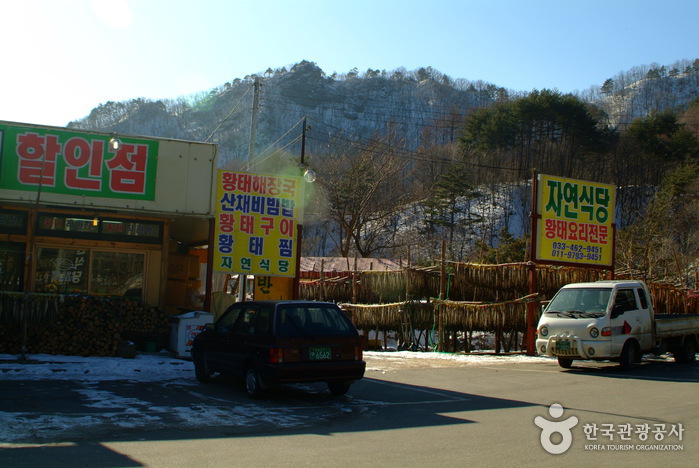
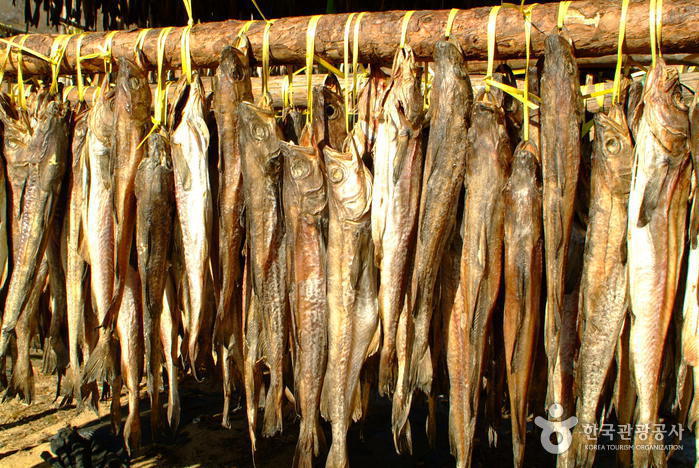

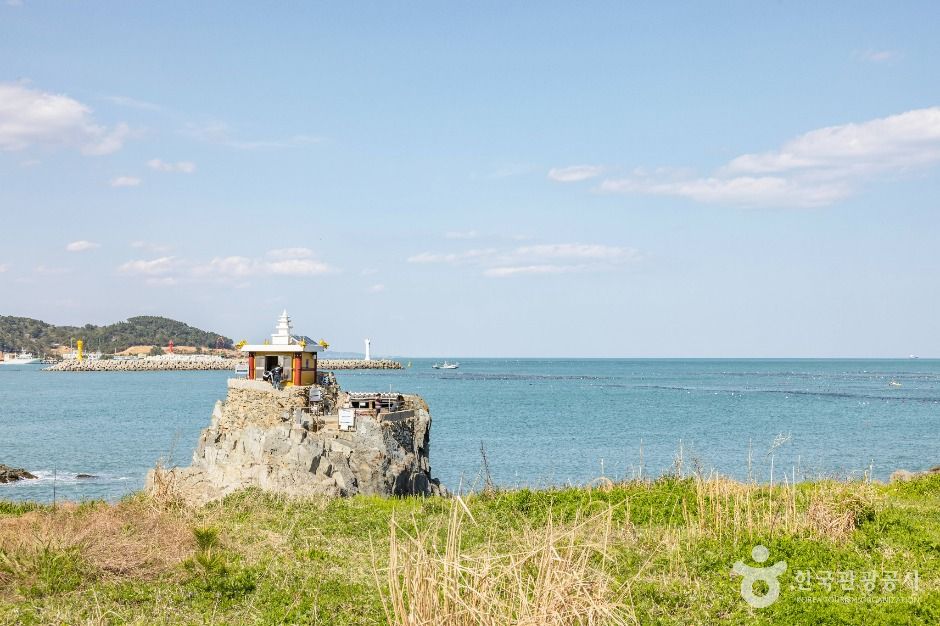
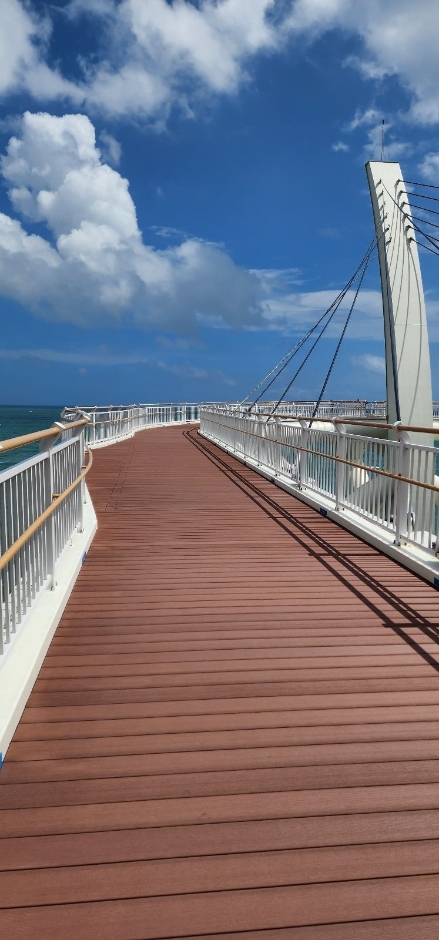
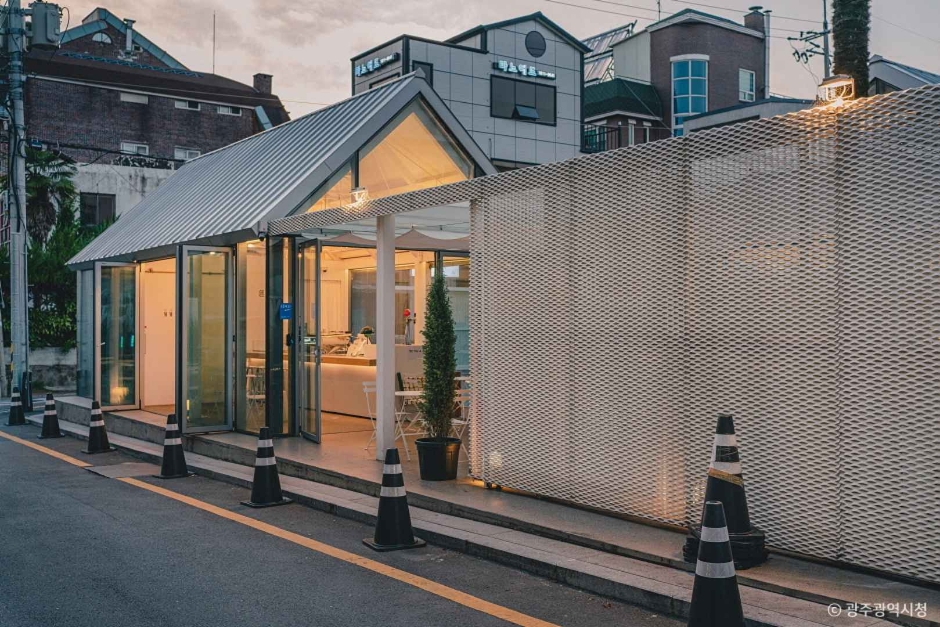
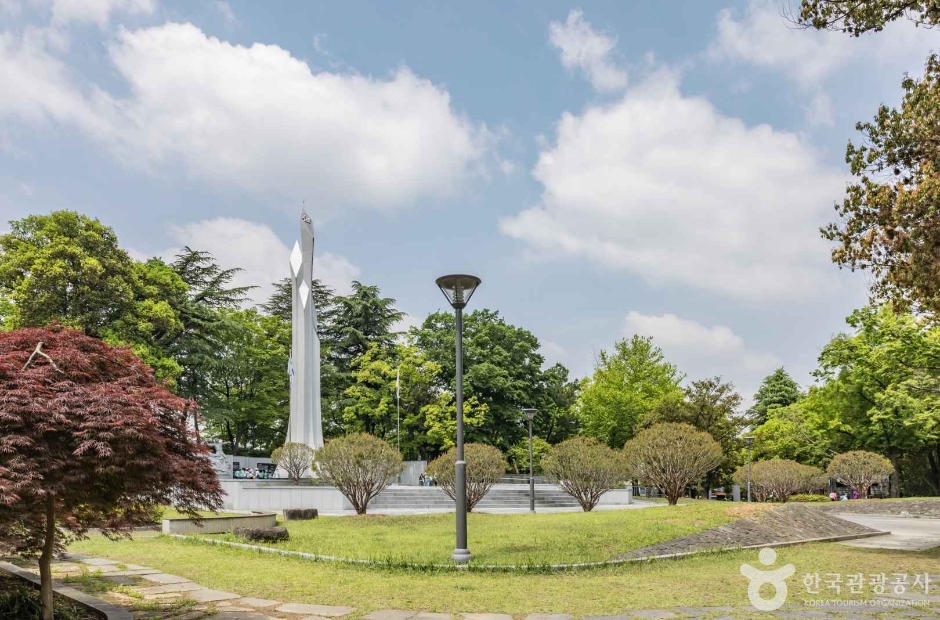
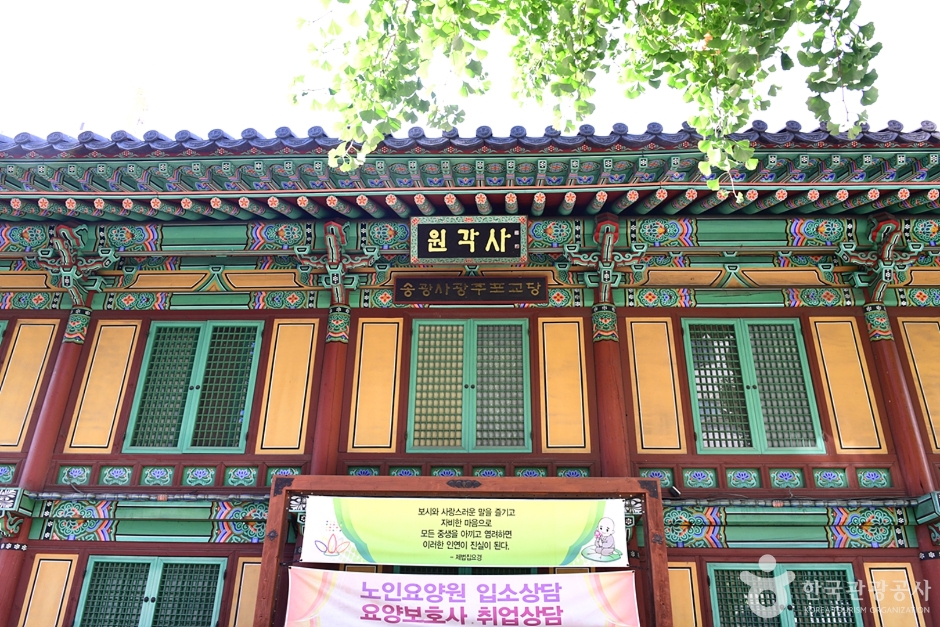
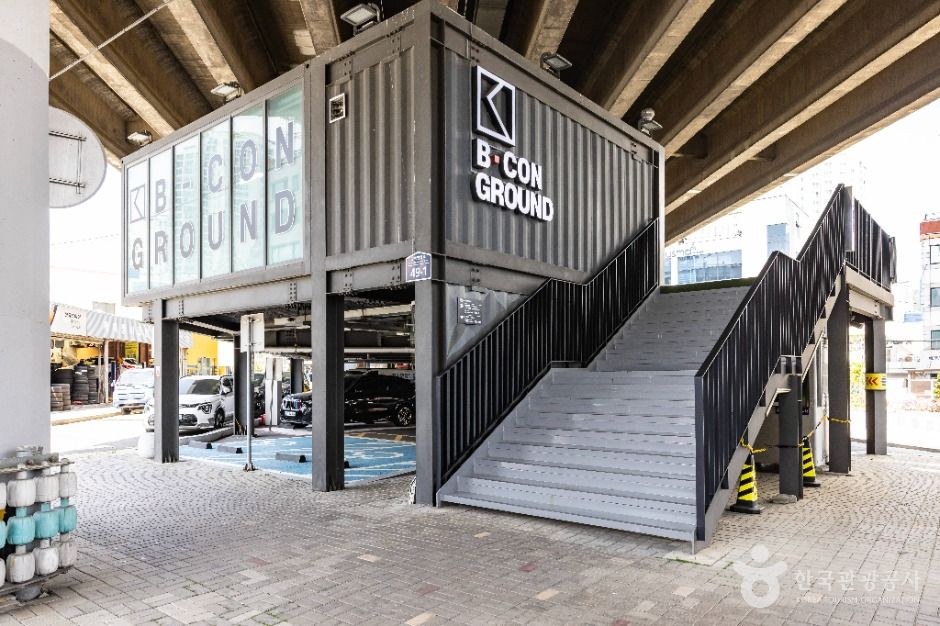

 English
English
 한국어
한국어 日本語
日本語 中文(简体)
中文(简体) Deutsch
Deutsch Français
Français Español
Español Русский
Русский